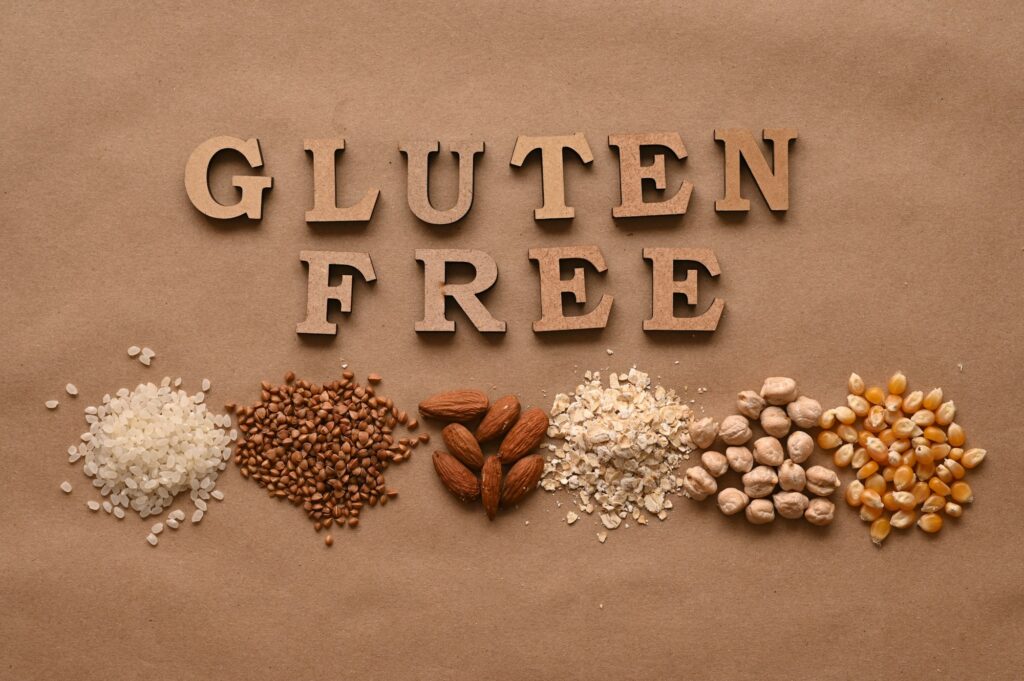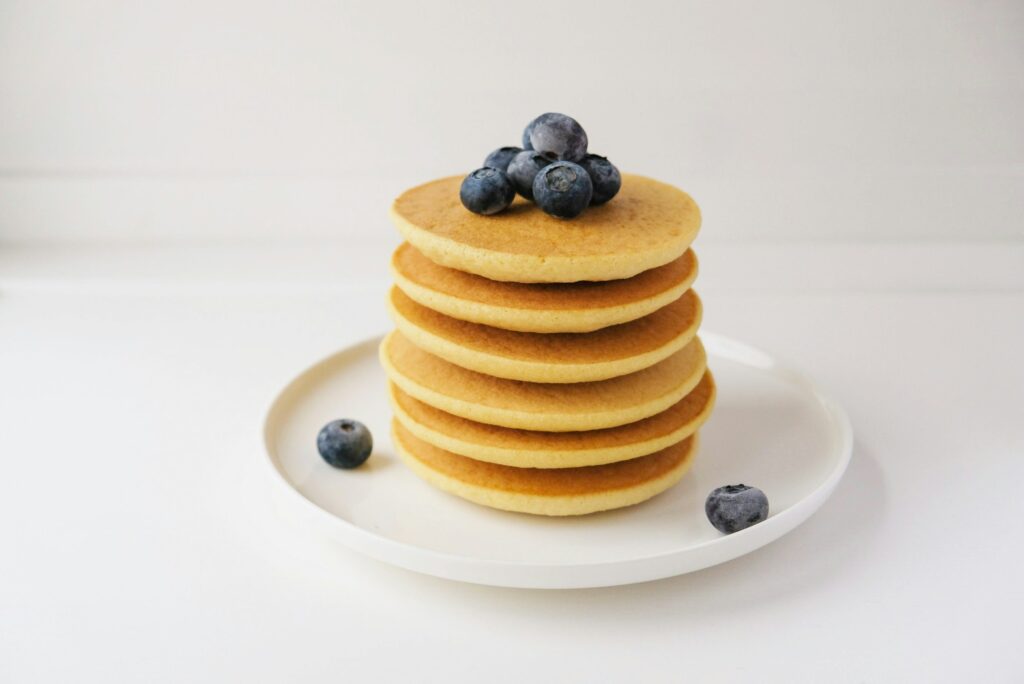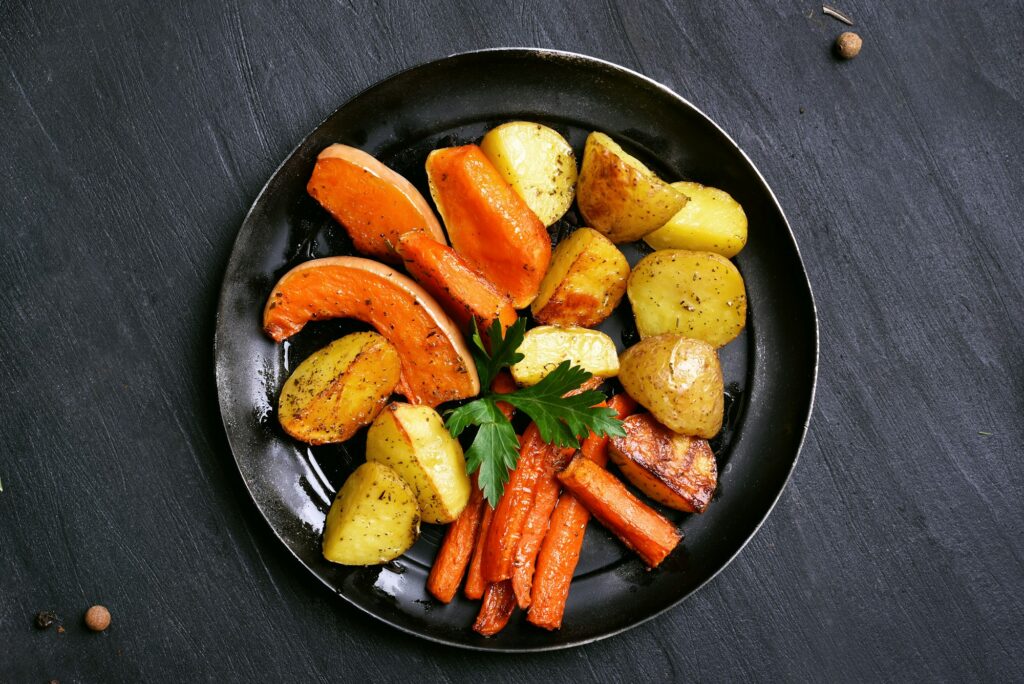In recent times, the recognition and diagnosis of celiac disease have seen a remarkable uptick, signaling a significant move towards more health-conscious dietary choices. This evolution transcends the realm of mere trends, serving as a vital adjustment for numerous individuals. It underscores the critical role that a gluten-free diet plays in the effective management of celiac disease. This article delves into an array of gluten-free cooking methodologies designed specifically for those navigating the challenges of celiac disease, presenting a suite of meal options that are not only safe but also palatably satisfying.
Deep Dive into Celiac Disease
Celiac disease manifests as an autoimmune disorder characterized by the body’s adverse reaction to gluten, leading to damage in the small intestine. Gluten — a protein predominantly found in wheat, barley, and rye — acts as the catalyst for an immune response in individuals with celiac disease. This response can precipitate a spectrum of symptoms, ranging from mild digestive discomfort to severe complications such as malnutrition and beyond.
Exploring Celiac Disease:
Celiac disease presents a varied spectrum of symptoms, affecting individuals differently in both intensity and type. Gaining a comprehensive understanding of this condition is pivotal for its management through dietary modifications.
The Impact of Gluten on Individuals with Celiac Disease:
For those diagnosed with celiac disease, ingesting gluten leads to the damage of the small intestine’s villi. This damage hampers the absorption of nutrients, potentially resulting in a plethora of health issues.
Key Points on Cooking for Celiac Disease and Gluten:
- Celiac disease is an autoimmune condition where gluten intake damages the small intestine.
- Symptoms of celiac disease vary widely among individuals, making diagnosis and management challenging.
- A strict gluten-free diet is essential for managing celiac disease, preventing damage to the intestinal lining, and avoiding further health complications.
The Importance of a Gluten-Free Diet
Adhering to a gluten-free diet is paramount for individuals with celiac disease. This dietary approach not only mitigates the risk of intestinal damage but also plays a crucial role in alleviating symptoms associated with the condition. By eliminating gluten from the diet, individuals can significantly improve their quality of life, reducing the likelihood of complications associated with malabsorption of nutrients.
Benefits of a Gluten-Free Diet for Celiac Disease:
- Prevents damage to the small intestine’s lining.
- Alleviates symptoms associated with celiac disease.
- Improves nutrient absorption, reducing the risk of malnutrition and related health issues.
Understanding celiac disease and the necessity of a gluten-free diet offers a foundation for managing this condition effectively. Through careful dietary choices and a commitment to gluten-free cooking, individuals with celiac disease can enjoy a diverse range of delicious and nutritious meals, ensuring both safety and satisfaction.
Navigating a gluten-free diet is crucial for those managing celiac disease. The foundation of this diet lies in understanding and utilizing a variety of safe grains and flours that do not trigger celiac symptoms. Additionally, recognizing and mitigating cross-contamination risks is essential to maintain a strictly gluten-free kitchen environment. This expanded section delves deeper into the essential ingredients and practices for a gluten-free diet, ensuring safety and variety in meal preparation.
Essential Gluten-Free Ingredients for Celiac Disease Management
Adhering to a gluten-free diet necessitates a thorough knowledge of safe ingredients. Here are some foundational grains and flours that are inherently gluten-free and can serve as excellent substitutes in a wide array of recipes:
- Rice: A versatile staple that can be used in everything from side dishes to sushi, and even ground into flour for baking.
- Corn: Available in many forms, including cornmeal and cornstarch, it’s perfect for thickening sauces and making gluten-free bread.
- Quinoa: A nutrient-rich grain that’s ideal for salads, side dishes, or as a base for bowls.
- Almond Flour: Excellent for gluten-free baking, providing a rich, nutty flavor and moist texture to cakes and cookies.
Mitigating Cross-Contamination Risks
To ensure a safe eating environment, it’s imperative to address the potential for cross-contamination with gluten-containing foods. Here are strategies to minimize these risks:
- Dedicated Gluten-Free Cooking Tools: Invest in separate sets of cooking utensils, cutting boards, and pots specifically for gluten-free food preparation.
- Separate Storage Areas: Store gluten-free ingredients and prepared foods in distinct, labeled containers away from gluten-containing products.
- Regular Kitchen Cleaning: Implement a strict cleaning protocol to avoid gluten residue on surfaces, appliances, and dishware.
By incorporating these gluten-free grains and flours into your diet and adhering to strict cross-contamination prevention measures, individuals with celiac disease can enjoy a diverse and delicious range of meals without the worry of triggering their condition. These practices not only safeguard health but also expand the culinary possibilities within a gluten-free lifestyle.
Mastering Gluten-Free Cooking Techniques
Embracing gluten-free cooking involves a blend of creativity and caution, transforming conventional dishes into celiac-safe delights without sacrificing flavor or texture.
Transforming Traditional Recipes for a Gluten-Free Diet
- Ingredient Substitution: The key to converting beloved recipes lies in substituting gluten-containing ingredients with gluten-free alternatives. For instance, wheat flour can be replaced with a mix of rice flour, potato starch, and xanthan gum to maintain the desired consistency in baked goods.
- Utilizing Gluten-Free Grains: Incorporate grains like quinoa, buckwheat, and millet to add variety and nutrition to your meals. These grains offer a hearty base for salads, bowls, and side dishes.
- Experimenting with Gluten-Free Flours: Explore the diverse world of gluten-free flours, including almond flour and coconut flour, for baking. Each flour brings unique flavors and textures to recipes, from savory bread to sweet desserts.
The Critical Role of Label Reading in Gluten-Free Cooking
- Identifying Hidden Gluten: Gluten often lurks in unexpected places, such as in soy sauce, salad dressings, and even some spice blends. Developing a habit of meticulously reading labels can prevent accidental gluten ingestion.
- Understanding Labeling Laws: Familiarize yourself with gluten-free labeling laws and certifications. Products labeled as “certified gluten-free” have met strict standards for gluten content, offering an additional layer of safety.
Delicious Gluten-Free Recipes for Every Meal
Breakfast Ideas: A Fresh Start
Gluten-Free Pancakes with Fresh Berries:
- Begin your morning with pancakes that are as light as air, crafted from almond flour for a nutty undertone.
- Top with a vibrant selection of berries—strawberries, blueberries, raspberries—for a burst of freshness.
- A drizzle of pure maple syrup adds just the right amount of sweetness to this delightful breakfast.
Quinoa Porridge with Nuts and Honey:
- For a hearty start, opt for a bowl of quinoa porridge, a superb alternative to traditional oatmeal.
- Mix in almonds, walnuts, or pecans for a satisfying crunch.
- Sweeten with a generous swirl of honey, making this dish a comforting and nutritious choice.
Lunch and Dinner Solutions: Satisfying and Flavorful
Grilled Chicken Salad with a Variety of Greens:
- This salad is a testament to simplicity and nutrition, featuring tender grilled chicken breast atop a bed of mixed greens—think spinach, arugula, and romaine.
- Cherry tomatoes and cucumbers add a refreshing crunch, while a gluten-free vinaigrette dresses this dish in a light, tangy flavor.
Beef Stir-Fry with Gluten-Free Tamari Sauce:
- Dive into the rich flavors of this stir-fry, where gluten-free tamari stands in for traditional soy sauce, ensuring a safe, gluten-free experience.
- Combine with succulent beef strips and a colorful vegetable medley—bell peppers, broccoli, and carrots—all served over a fluffy bed of cooked rice.
Snacks and Sides: Deliciously Convenient
Homemade Gluten-Free Granola Bars:
- Ideal for snacking on the go, these granola bars are a powerhouse of nutrition.
- Packed with gluten-free oats, a variety of nuts and seeds, and sweetened with honey, they’re bound to become a staple in your snack rotation.
Roasted Vegetable Medley with Herbs:
- A side dish that pairs well with any meal, this roasted vegetable medley is both simple and bursting with flavor.
- Toss your favorite vegetables—zucchini, bell peppers, and asparagus—with olive oil and a blend of fresh herbs like rosemary and thyme.
- Roast to perfection for a dish that’s effortlessly delicious.
Expanding the Gluten-Free Palette
The journey of cooking for someone with celiac disease is one of discovery and creativity. These recipes are just the beginning, offering a foundation upon which to build a diverse and flavorful gluten-free menu. Each dish not only caters to dietary needs but also celebrates the rich tapestry of ingredients available to those following a gluten-free diet. From the first bite of breakfast to the last spoonful of dinner, it’s possible to enjoy a wide array of dishes that are both safe and satisfying.
Incorporating these recipes into your daily routine can transform mealtime from a challenge into a joyous exploration of gluten-free cuisine. Whether you’re newly diagnosed with celiac disease or a seasoned pro at navigating a gluten-free diet, these recipes are designed to inspire and nourish. Embrace the variety, taste the difference, and enjoy the journey of gluten-free cooking.
Navigating Dining and Socializing with Celiac Disease
For individuals with celiac disease, dining out and participating in social gatherings require careful navigation to avoid gluten exposure. Yet, with strategic planning and clear communication, it’s entirely feasible to enjoy these experiences without compromising on safety or enjoyment.
Dining Out Safely with Celiac Disease
Eating at restaurants poses a particular challenge for those with celiac disease, primarily due to the risk of cross-contamination and the presence of gluten in many menu items. However, by adopting a proactive approach, you can dine out safely and enjoyably:
Research Restaurants in Advance:
- Look for establishments that offer gluten-free menus and have good reviews from the gluten-free community.
- Visit restaurant websites or call ahead to inquire about their gluten-free options and handling practices.
Communicate Your Needs Clearly:
- When ordering, be explicit about your gluten-free requirements and ask questions about menu items you’re interested in.
- Discuss cross-contamination concerns with the staff to ensure they’re aware of the need for careful food preparation.
Choose Restaurants Wisely:
- Opt for restaurants known for their gluten-free accommodations or those that naturally serve gluten-free dishes, such as establishments focusing on grilled meats and vegetables.
Hosting Inclusive Gatherings with Gluten-Free Options
Social gatherings, whether at home or elsewhere, offer an opportunity to ensure inclusivity by providing safe, gluten-free options for guests with celiac disease:
Plan a Gluten-Free Menu:
Design your menu with a variety of gluten-free dishes that all guests can enjoy. This approach not only simplifies preparation but also ensures everyone has access to safe, delicious food.
Label Dishes Clearly:
Use labels to indicate which dishes are gluten-free. Consider color-coded labels or markers to make it easy for guests to identify safe options.
Prevent Cross-Contamination:
Arrange gluten-containing dishes separately from gluten-free options to minimize the risk of cross-contamination. Use separate serving utensils for gluten-free and gluten-containing dishes, and consider serving gluten-free dishes first to those with celiac disease.
Educate Guests:
If you’re hosting a potluck, ask guests to bring dishes that are gluten-free or provide recipes for simple gluten-free dishes they can make. Inform guests about the importance of avoiding cross-contamination, such as using clean utensils and avoiding dipping into shared sauces.
By implementing these strategies, individuals with celiac disease can safely enjoy dining out and participating in social gatherings. These practices not only protect those with dietary restrictions but also raise awareness and understanding among friends, family, and restaurant staff, contributing to a more inclusive and enjoyable experience for everyone involved.
FAQs about Cooking for Celiac Disease
Q: What are the basics of a gluten-free diet for someone with celiac disease?
A: A gluten-free diet for someone with celiac disease involves avoiding all foods that contain wheat, barley, rye, and any derivatives of these grains. It’s also important to be mindful of cross-contamination.
Q: How can I ensure my kitchen is safe for cooking gluten-free meals?
A: Keep separate utensils, cutting boards, and cookware for gluten-free cooking. Regularly clean surfaces and appliances to minimize the risk of cross-contamination.
Q: Are there any gluten-free substitutes for wheat flour in baking?
A: Yes, there are several gluten-free flour options available, including almond flour, coconut flour, rice flour, and gluten-free all-purpose flour blends.
Q: What should I look out for when buying processed foods?
A: Always read labels carefully for hidden sources of gluten and opt for products that are certified gluten-free whenever possible.
Conclusion: Cooking for Celiac Disease
Adhering to a gluten-free diet due to celiac disease requires vigilance and a commitment to making informed food choices. However, it doesn’t have to limit your culinary enjoyment. With the right ingredients, cooking techniques, and a bit of creativity, you can enjoy a wide array of delicious gluten-free meals. Whether you’re cooking at home, dining out, or attending social gatherings, there are numerous ways to ensure your diet remains gluten-free and enjoyable. Explore and embrace the diverse world of gluten-free cooking, and take advantage of the resources available from reputable organizations like the Celiac Disease Foundation, Beyond Celiac, and the National Celiac Association to enrich your gluten-free culinary journey.



